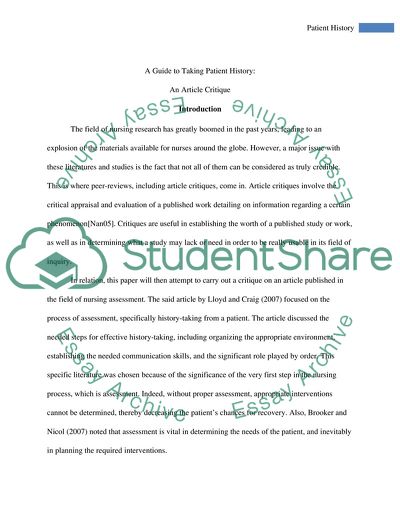Cite this document
(A Guide to Taking Patient History Book Report/Review, n.d.)
A Guide to Taking Patient History Book Report/Review. https://studentshare.org/nursing/1754444-guide-to-taking-a-patients-history-by-lioyd-h-craig-s-2007-journal-nursing-standard-volume-22-issue-13-pages-42-48
A Guide to Taking Patient History Book Report/Review. https://studentshare.org/nursing/1754444-guide-to-taking-a-patients-history-by-lioyd-h-craig-s-2007-journal-nursing-standard-volume-22-issue-13-pages-42-48
(A Guide to Taking Patient History Book Report/Review)
A Guide to Taking Patient History Book Report/Review. https://studentshare.org/nursing/1754444-guide-to-taking-a-patients-history-by-lioyd-h-craig-s-2007-journal-nursing-standard-volume-22-issue-13-pages-42-48.
A Guide to Taking Patient History Book Report/Review. https://studentshare.org/nursing/1754444-guide-to-taking-a-patients-history-by-lioyd-h-craig-s-2007-journal-nursing-standard-volume-22-issue-13-pages-42-48.
“A Guide to Taking Patient History Book Report/Review”. https://studentshare.org/nursing/1754444-guide-to-taking-a-patients-history-by-lioyd-h-craig-s-2007-journal-nursing-standard-volume-22-issue-13-pages-42-48.


